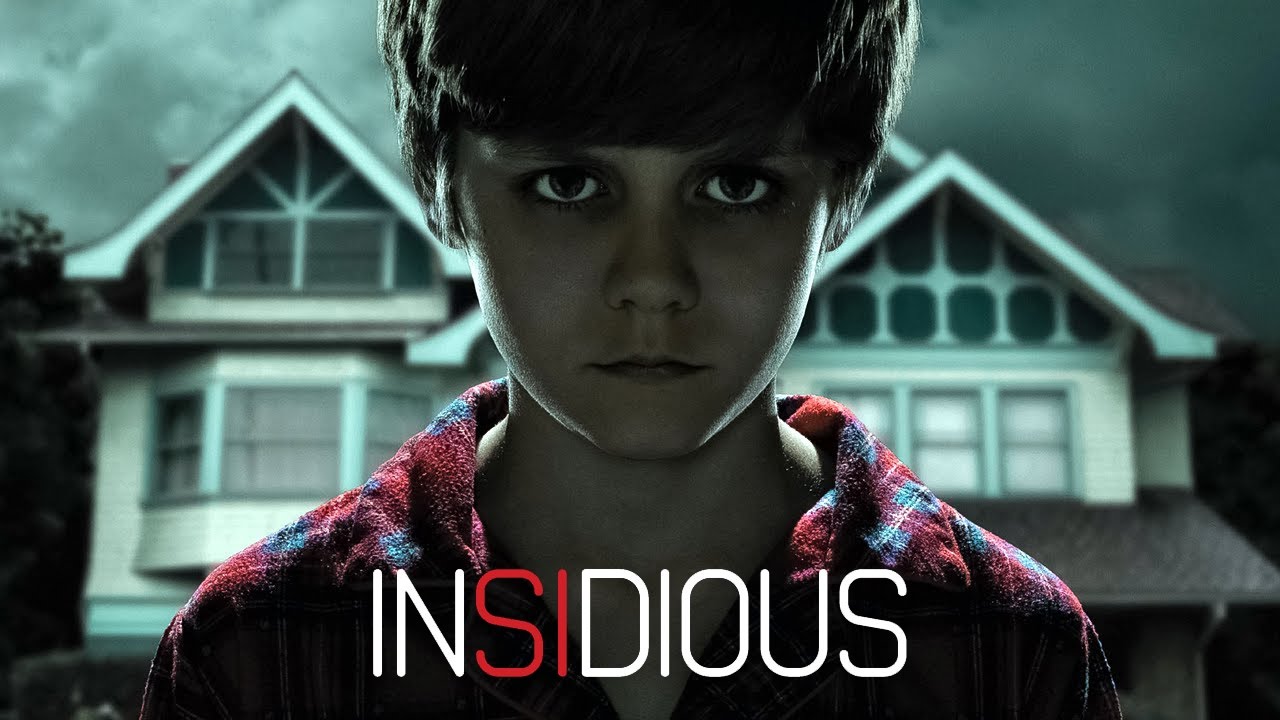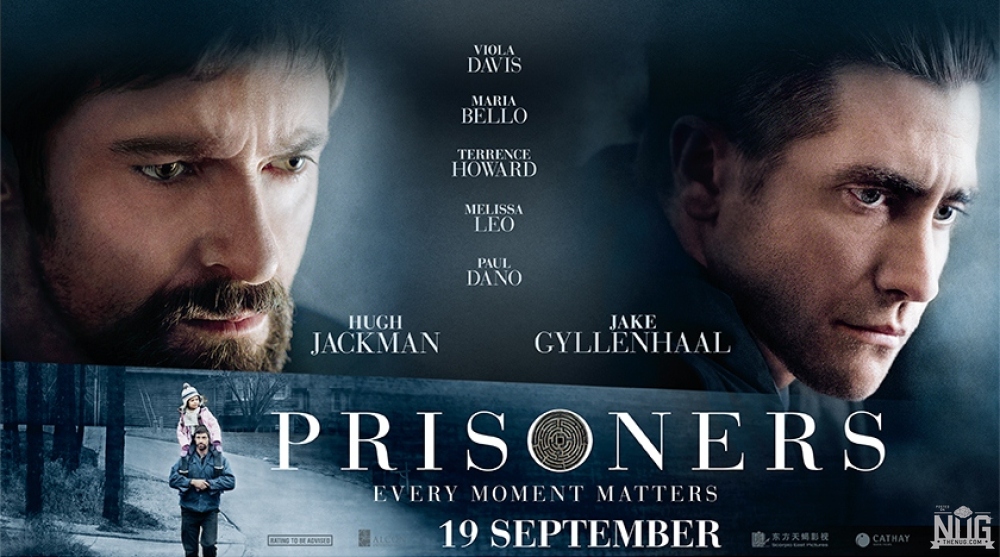dreamabodefinder.com – Insidious, directed by James Wan and written by Leigh Whannell, is a supernatural horror film that has garnered critical acclaim for its eerie atmosphere, tension-filled storytelling, and relentless scares. Released in 2010, the film is a return to the genre’s roots, eschewing gore and shock value for a slow-burn, psychological exploration of fear. With its chilling visuals and an unnerving score by Joseph Bishara, Insidious stands out in the landscape of early 21st-century horror.
Plot Overview
The film follows the Lambert family: Josh (Patrick Wilson), Renai (Rose Byrne), and their three children, who move into a new home only to encounter disturbing and unexplainable events. After their son Dalton (Ty Simpkins) falls into an unexplained coma, the family discovers that their house may not be haunted after all. Instead, they find themselves caught in a battle between the living and the dead, as Dalton’s consciousness becomes trapped in a realm called “The Further,” a dark and dangerous dimension.
As the terror escalates, the Lamberts enlist the help of paranormal investigators led by the enigmatic Elise (Lin Shaye), who reveals the truth behind Dalton’s condition and the sinister forces that seek to claim his soul. What follows is a terrifying journey into the supernatural, where both the Lamberts’ physical world and their emotional well-being are pushed to the brink.
Atmosphere and Tone
What sets Insidious apart from other horror films is its masterful manipulation of atmosphere. Rather than relying on blood and gore, Wan builds an ominous mood from the start. The setting—creaky old houses, darkened hallways, and empty rooms—creates a palpable sense of isolation. The fear is rooted in the unknown, and the tension arises from the unseen and the unexplained.
The film’s pacing is deliberate, allowing viewers to stew in dread as strange events unfold. There are several moments of eerie quiet, where sounds are muted, and the absence of noise heightens the tension. This use of silence, combined with a minimalist score (particularly Bishara’s unsettling, low-frequency tones), gives the film a suffocating quality that keeps audiences on edge.
The Supernatural Elements
Insidious introduces viewers to the concept of “The Further,” a liminal space where souls wander, trapped in a state between life and death. The film’s supernatural elements are imaginative yet accessible, steering clear of overcomplicated lore while still offering a fresh take on the genre. The existence of this alternate dimension, filled with sinister figures and dark spirits, taps into universal fears of the afterlife and the unknown.
The visual representation of The Further is especially notable. Wan employs clever cinematography and lighting to create a world that feels both dreamlike and deeply unnerving. The sudden, fleeting glimpses of monstrous faces and shadowy figures lurking in the background amplify the fear without showing too much. The tension lies in the anticipation of what may appear rather than what is explicitly shown, a hallmark of Wan’s direction.
Performances
Patrick Wilson and Rose Byrne deliver strong performances as the desperate parents, while the young Ty Simpkins brings a sense of vulnerability and mystery to the role of Dalton. However, the true standout is Lin Shaye as Elise, the psychic investigator. Shaye brings a sense of warmth and credibility to her character, providing the film with a much-needed sense of calm amid the growing chaos. Her portrayal of Elise’s knowledge and strength in the face of terrifying forces is one of the film’s emotional anchors.
Horror Without Excess
One of the reasons Insidious resonates with audiences is its restraint. Unlike many contemporary horror films that lean heavily on excessive violence or jump scares, Insidious focuses on psychological terror. The film keeps the scares grounded in tension rather than relying on grotesque imagery. When the scares do come, they’re often unexpected and brilliantly timed, subverting typical horror tropes. Wan crafts sequences that are equal parts disturbing and disorienting, especially as the characters venture into The Further. The sense of dread is almost palpable.
Themes of Fear and Family
At its core, Insidious is a film about the vulnerability of family. The Lamberts’ struggle to protect their son from an otherworldly force mirrors the universal parental fear of being unable to protect one’s children from harm. The film also explores the theme of guilt, as Josh’s past and his connection to The Further become central to the plot’s progression. These emotional beats provide a layer of depth to the horror, making the scares more effective because they’re rooted in the characters’ personal stakes.
Conclusion
Insidious is a standout horror film that taps into the primal fear of the unknown and offers a refreshing alternative to more conventional, blood-soaked genre entries. James Wan’s direction, Leigh Whannell’s screenplay, and a strong cast combine to create a film that is both deeply unsettling and emotionally resonant. Its restraint, both in terms of violence and storytelling, is a key strength—allowing it to build tension and suspense without relying on shock value.
For horror enthusiasts, Insidious remains a shining example of how atmosphere, psychological depth, and supernatural terror can merge to create a genuinely frightening experience. It’s a film that lingers in your mind long after the credits roll, a reminder of just how unsettling the supernatural can be when it’s allowed to creep up slowly and silently.





